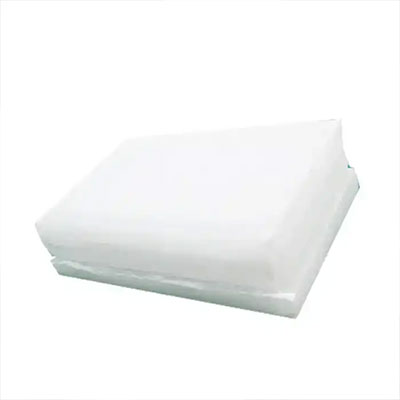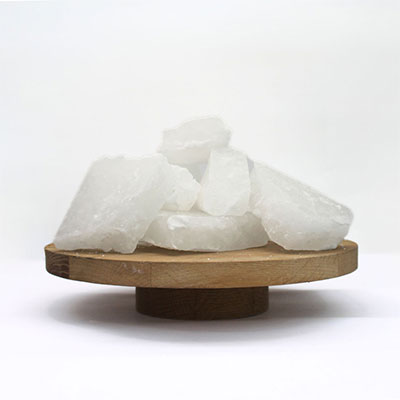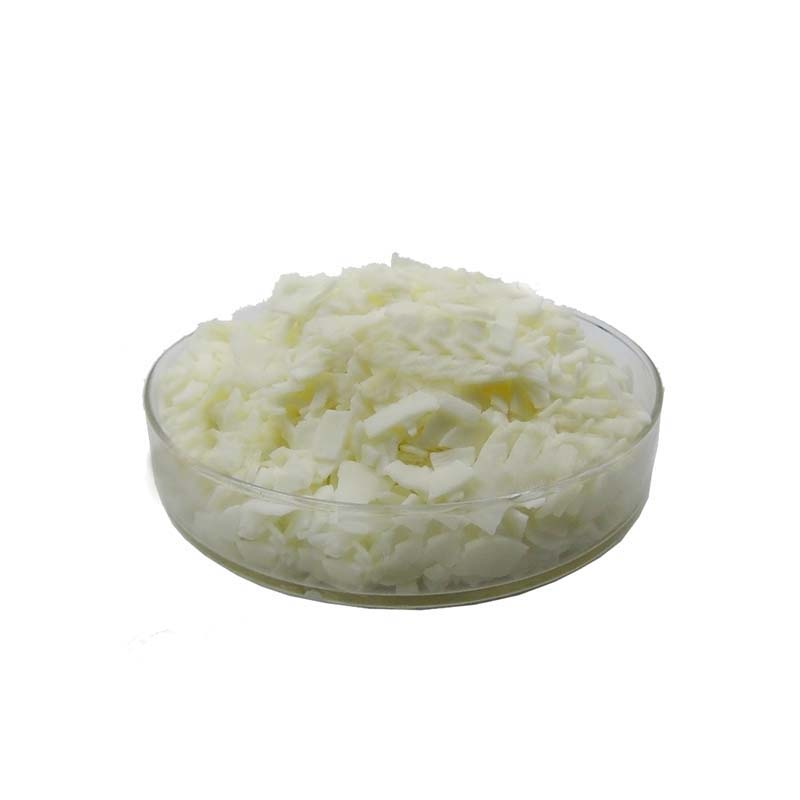Stearic Acid
Previous
Next
The hottest Stearic Acid in 2023
- Stearic acid (stair-ik or steer-ik) is a saturated fatty acid with an 18-carbon chain and bears the IUPAC name octadecanoic acid. It is a waxy solid with the chemical formula C17H35CO2H.
- The salts and esters of stearic acid are called stearates. As its ester, stearic acid is one of the most common saturated fatty acids in nature after palmitic acid.
- It is widely used in the manufacture of candles, cosmetics, plastic cold hardening plasticizers, mold release agents, stabilizers, surfactants, rubber vulcanization accelerators, water repellents, polishing agents, metal soaps, metal mineral flotation agents, softeners, pharmaceuticals and other organic chemicals.
- In addition, it can also be used as oil-soluble pigments, crayon slippers, wax paper polish, and It is also used as a solvent for emulsifier of stearic acid glycerides, etc.
Classification of Stearic Acid
- Stearic acid is a saturated fatty acid commonly used in various industrial applications, including personal care, plastics, and rubber. Stearic acid can be classified into two main categories: animal-derived stearic acid and vegetable-derived stearic acid.
- Animal-derived stearic acid is produced from animal fats, such as beef tallow and lard. These fats are processed using either chemical or physical methods to extract the stearic acid. Animal-derived stearic acid is commonly used in the production of candles, soaps, and lubricants due to its high melting point and solid consistency. It is also used as a plasticizer in plastics and as a release agent in rubber products.
- Vegetable-derived stearic acid is obtained from plant-based oils, such as palm oil, coconut oil, and shea butter. It is processed using the same methods as animal-derived stearic acid but has several unique characteristics, including its appearance and melting point. Vegetable-derived stearic acid has a waxy texture and is softer than animal-derived stearic acid. It is commonly used in personal care products, such as lotions and creams, due to its emollient properties and ability to improve product stability.
- In summary, the classification of stearic acid is based on its source, either animal-derived or vegetable-derived. Each type of stearic acid has unique characteristics that make it suitable for particular applications. Animal-derived stearic acid is commonly used in candles, soaps, and lubricants, while vegetable-derived stearic acid is primarily used in personal care products due to its emollient properties.
Our products
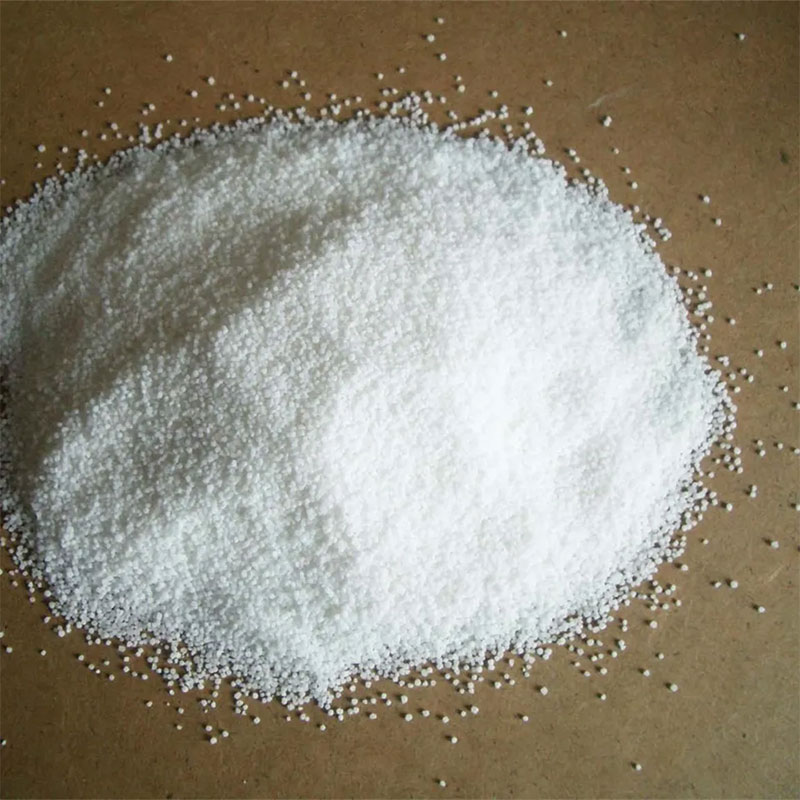
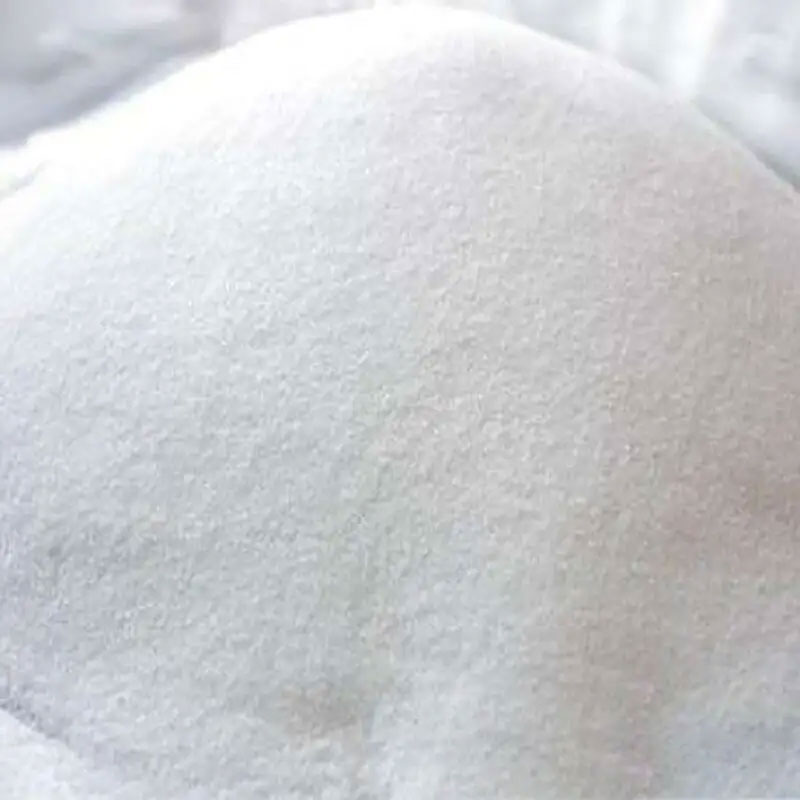
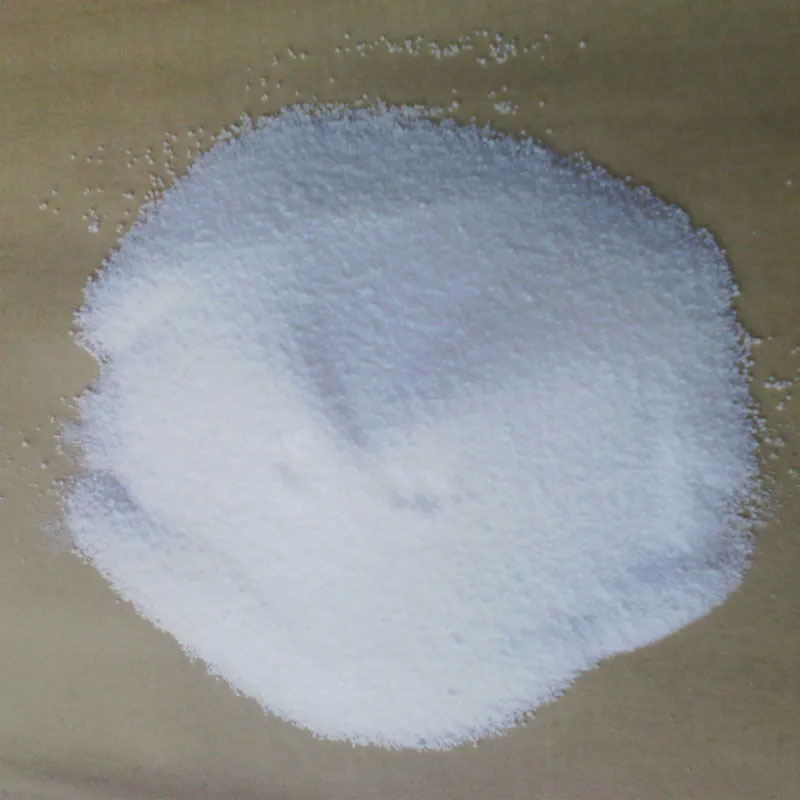
Application of Stearic Acid
Stearic acid is a versatile fatty acid with many applications in different industries. Due to its unique properties, it is commonly used as a stabilizer, surfactant, binder and lubricant.
- Personal Care Industry: Stearic acid is added to cosmetic formulations to improve the texture, consistency and stability of products such as creams, lotions and lipsticks. It also acts as a tackifier, making it easier for the product to spread and apply to the skin.
- Plastic and rubber industry: Stearic acid is used as a processing aid to improve the flow characteristics and surface properties of materials. It also acts as a lubricant, preventing the material from sticking to machines during processing.
- Candle industry: Stearic acid is used as a hardener and wax modifier. It increases the melting point and firmness of the wax, allowing candles to burn longer and more evenly.
- Metalworking: As a lubricant and anti-wear agent in the cutting and forming of metals.
In conclusion, stearic acid is widely used in many industrial sectors and its unique properties make it a valuable ingredient to improve product quality and performance.


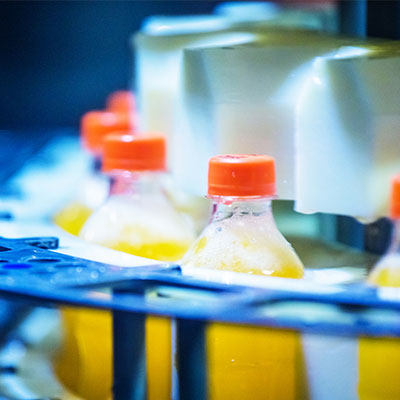

Packing of Stearic Acid
Packaging Details:20KGS/CARTON 25KGS/BAG
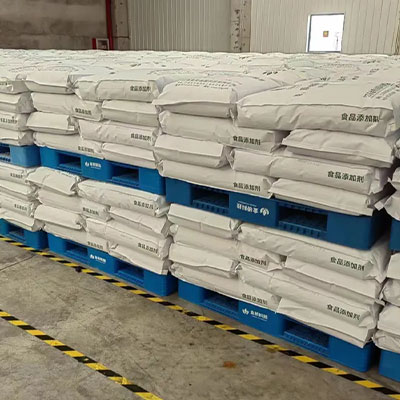
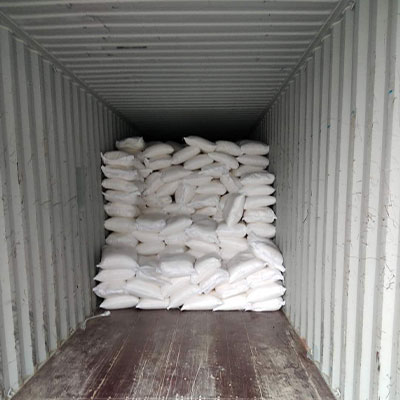
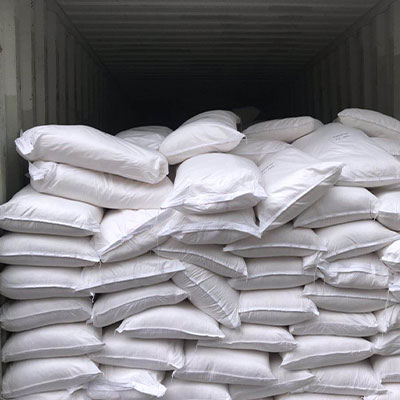
Hot Products
What do we offer?
Stearic acid is a fatty acid widely found in nature and it’s white granule. Widely used in the manufacture of candles, cosmetics, plastic cold-resistant plasticizers, release agents, stabilizers, surfactants, rubber vulcanization accelerators, waterproofing agents, polishing agents, metal soaps, metal mineral flotation agents, softeners, pharmaceuticals and other Organic chemicals.
In addition, it can also be used as a solvent for oil-soluble pigments, crayon slippers, wax paper polishers, emulsifiers of glyceryl stearate, and the like.
In addition, it can also be used as a solvent for oil-soluble pigments, crayon slippers, wax paper polishers, emulsifiers of glyceryl stearate, and the like.
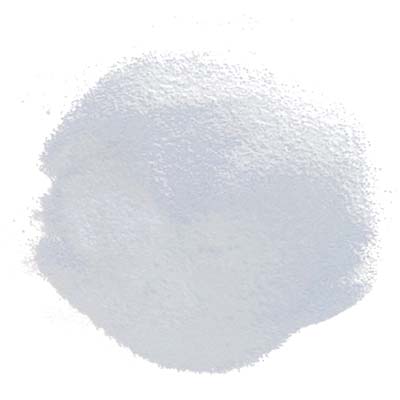
FAQ
Are you wax factory?
Yes, we are wax factory from Fushun, China and exported to 163 countries with Dongke & Kunlun paraffin wax;
Could you print our logo on the packing?
Yes, customized packing is available;
What’s the MOQ?
As usual customer buy full container, however 1 ton trail order also acceptable;
Can I have a sample?
Yes, sample within 1 kg is free and customer only need to afford DHL/FEDEX shipping cost;
What’s the delivery time?
7-10 days as usual, for customized packing takes longer time;
What’s the payment term?
T/T , L/C at sight, Paypal, Western Union are all workable;




